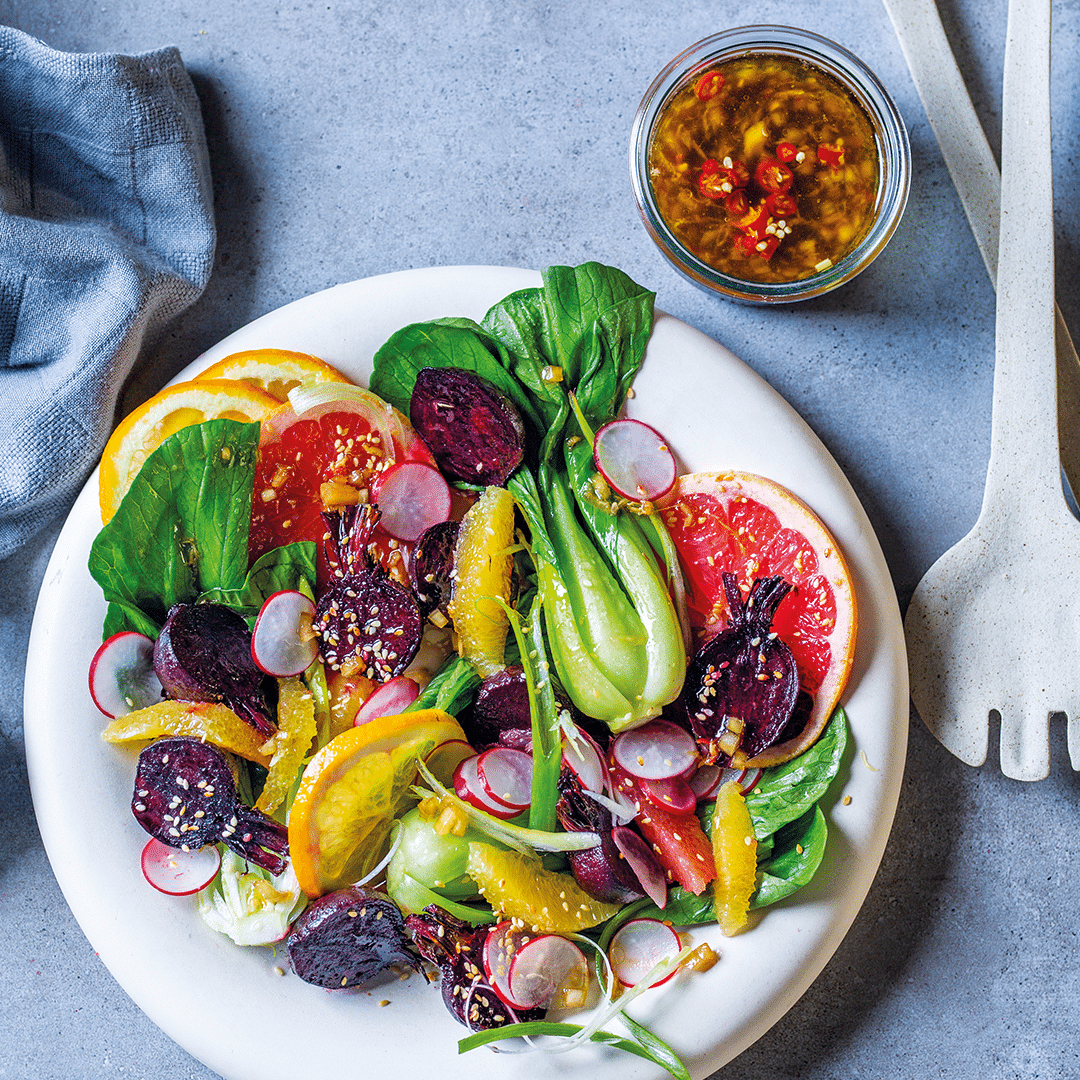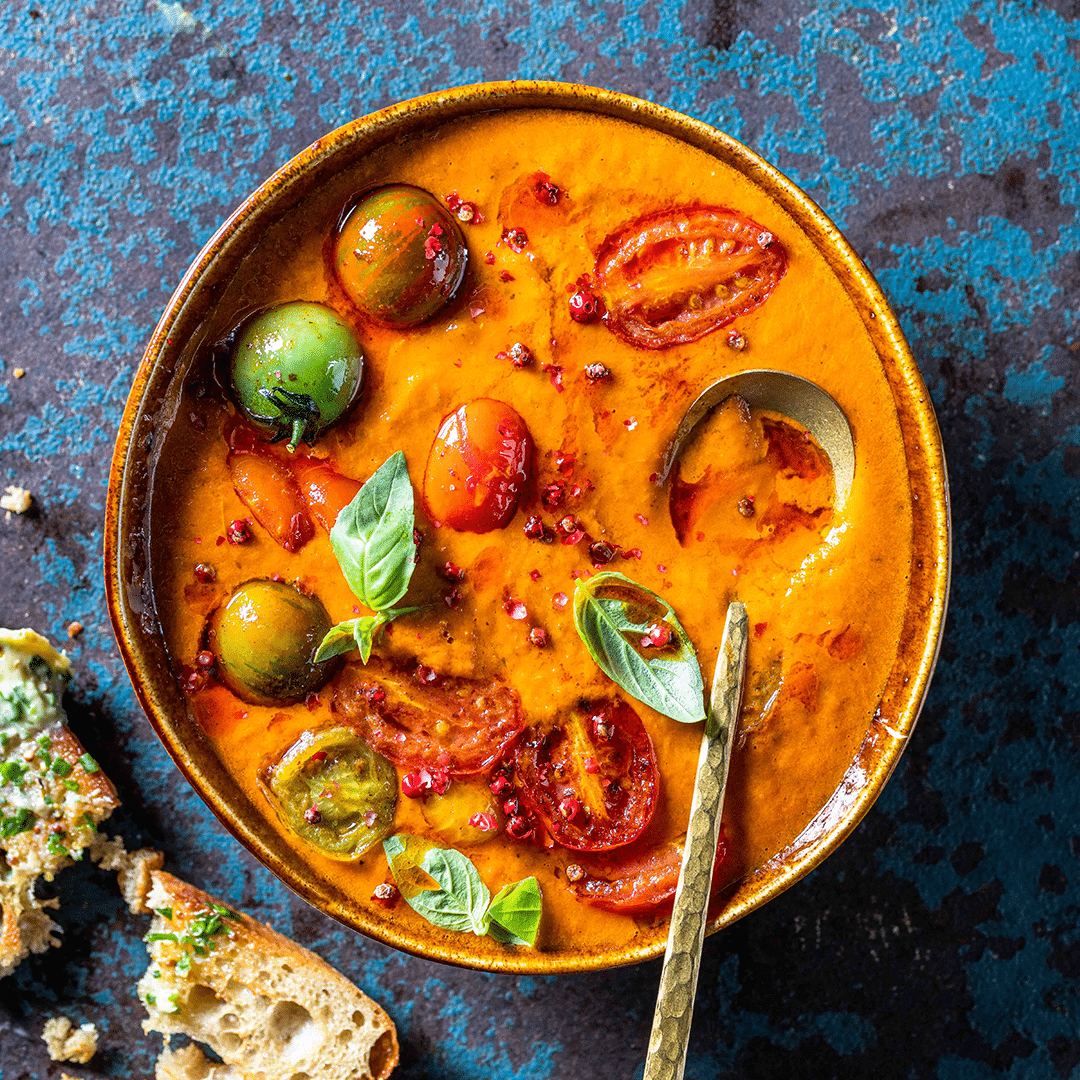It’s all too easy to ditch your healthy eating habits and grab the buttery, rich dishes during cold months. Registered dietician shares advice on how to keep diets balanced and stick to an easy active lifestyle, even in winter.

Consistency is key
The last thing you feel like doing on a cold, dark morning is get out of bed, put on your exercise kit and get huffing and puffing. But if not then, when? The best way to get this routine to stick is to simplify it. The easier and more comfortable you make it, the more likely you’ll want to do it. Consider this: the recommended amount of exercise is a minimum of
150 minutes per week – that’s just over 20 minutes a day!
Buddy up with a friend and motivate each other to move in some kind of way. Try walking, yoga, bodyweight exercise or gym for just 20 minutes each morning. Shift your mindset to see exercise as a gift that your body is able to accomplish, as opposed to a chore. Join a running club, a yoga class or swimming group to find a like-minded community and keep the focus on having fun together. There are also loads of free routines online that you can access if you are on a budget or pressed for time.
1. Spice it nice
It’s been proven – healthy food doesn’t have to be bland! Try turmeric and garam masala on potatoes, butternut, pumpkin or sweet potatoes. Carrots love cinnamon while paprika pairs well with tomatoes, all kinds of peppers and baby marrow.
Other fresh ingredients like garlic, ginger, onion, chilli, lemongrass, bay and curry leaves or spring onion will elevate your veggies, also adding nutrition and flavour. Vegetables act as perfect foundations for building flavour… don’t be scared to experiment.

2. Salad switch-up
Play with roasted, grilled or stir-fried veggies as the base of your salads. As well as keeping you fuller for longer, a warm salad will keep you cosy in the cold. Try combinations like:
– Roasted butternut, walnuts, feta and couscous
– Roasted beetroot, goat’s cheese or feta and rocket
– Grilled brinjal, pepper and roasted cherry tomatoes
– Stir-fried baby marrow, squash and olive oil
3. It’s stew good
Incorporate vegetables into your main dishes to pack a protein-punch. A hearty stew can be just as nutritious with lean proteins like legumes and lean meat with all the visible fats removed. Green beans, butternut, peppers and carrots are great examples of nutrient-dense vegetables that are delicious when added to stews. Sides such as creamed spinach, potato bake, cheesy cauliflower or garlic oil brussels sprouts can satisfy that craving for richness while still providing nutrients.
4. Soup’s calling
Vegetables added to soups are an obvious (and delicious!) way of getting in nutrients.
A tomato soup or minestrone are great options as is or with just a few extras thrown in for flavour, texture and nutrients. Add a slice of wholegrain toast to the side, or throw chicken, beans or barley into the soup to increase protein and fibre to make the meal even more satisfying and sustaining.
Words by: Aziwe Booi
Photography: Fresh Living Magazine




